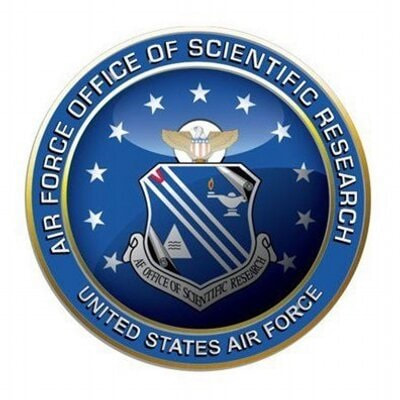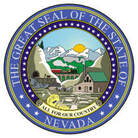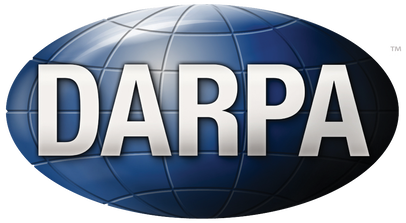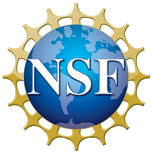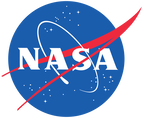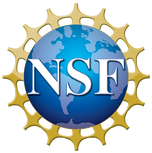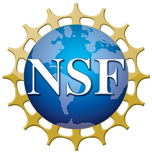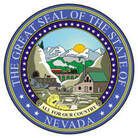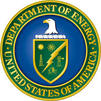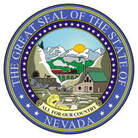Research Projects
|
EU Horizon Europe: HORIZON-CL4-2022-DIGITAL-EMERGING-02-06: SPEAR: Spatial Perception & Embodied Autonomy Research - European Commission, Budget: Euros: 6,746,086.25 (NTNU Budget: Euros: 1,126,210.00. Role: Coordinator. The grant involves the collaboration among a set of universities, industry and other institutions, namely NTNU (NO) [Coordinator], TUDELFT (NL), LTU (SE), VUA (NL), ETH Zurich (CH), IMEC (BE), UPB (DE), VoxelSensors (BE), Biodrone (NO), KEMEA (GR).
|
|
EU Horizon Europe: HORIZON-CL4-2022-DIGITAL-EMERGING-02-07: AUTOASSESS: Autonomous aerial inspection of GNSS-denied and confined critical infrastructures - European Commission, Budget: Euros 10,061,182.50 (NTNU Budget: Euros 1,156,922.50. Role: Project Partner & WP Lead. The grant involves the collaboration among a set of universities, industry and other institutions, namely DTU (DK) [Coordinator], NTNU (NO), TUM (DE), UT (NL), ScoutDI (NO), Cognite (NO0, FAYARD (DK), Glafcos Marine (GR), F6S (IE), DNV (NO0, EURONAV (BE), DANAOS (CY), KLAVENESS (NO)
|
|
EU Horizon Europe: HORIZON-CL3-2022-DRS-01-07: SYNERGIZE- European Commission, Budget: Euros 5,597,066.50 (NTNU Budget: Euros 722,093.00. Role: Project Partner & WP Lead. The grant involves the collaboration among a set of universities, industry and other institutions, namely THW (DE), SBFF (SE), GB (NL), CNBOP (PL), HRTA (GR), JCC (IQ), NADMO (GHA), ASTRIAL (DE), NTNU (NO), ETH Zurich (CH), TOHOKU (JP), SYSNAV (FR), WEARIN (CH), TNO (NL), CERTH (GR), ETRI (KR), VIRNECT (KR), ARTTIC (DE), PLUSETHICS (ES), R2 NETWORK (US).
|
|
EU Horizon: HORIZON-CL4-2021-DIGITAL-EMERGING-01-09: DIGIFOREST: Digital Analytics and Robotics for Sustainable Forestry- European Commission, Budget: Euros: 2,399,074. Role: NTNU Lead and Project Partner. The project is in collaboration with TUM (DE) [coordinator], University of Oxford (UK), ETH Zurich (CH), University of Bonn (DE), the Swiss Federal Institute for Forest, Snow and Landscape Research (CH), Silvere (FI), Hexagon (CH) and Moog (CH).
|
|
Research Council of Norway: SENTIENT: Science of resilient autonomy in perceptually-degraded environments Research Council of Norway, Budget: NOK 14,218,000. Role: Principal Investigator. The project is in collaboration with Equinor, DNV, Altera Infrastructure, ScoutDI. NTNU represents approximately 85% of the funding.
|
|
Research Council of Norway: RESIFARM: Resilient Robotic Autonomy for Underwater Operations in Fish Farms Research Council of Norway, Budget: NOK 12,968,000. Role: NTNU Lead and Project Partner. The project is in collaboration with SINTEF Ocean (coordinator), SKARV Technologies, Eelume. NTNU funding is approximately NOK 4,500,000.
|
|
NRI: INT: COLLAB: Cooperative Robotic Systems for Precision Agriculture and Plant Health Management - United States Department of Agriculture, Budget: $1,199,199. Role: Principal Investigator for the University of Nevada, Reno. UNR portion is $266,809. The project is in collaboration with University of Minnesota, Twin Towers. Project awarded in 2019 but starts in 2020.
|
|
DARPA Subterranean Challenge - Team CERBERUS: CollaborativE walking & flying RoBots for autonomous ExploRation in Underground Settings - CERBERUS envisions a system of walking and flying robots equipped with multi-modal perception systems, navigation and mapping autonomy, and self-organized networked communications that enable robust and reliable navigation, exploration, mapping, and object search in complex, sensing-degraded, stringent, dynamic, and rough underground settings. Team CERBERUS was based on the collaboration between a team of experts that for the last years have been at the forefront of walking and flying robots research. This includes: Professor Kostas Alexis, director of the Autonomous Robots Lab at the University of Nevada, Reno; Professor Marco Hutter of the Robotic Systems Lab at ETH Zurich; Professor Roland Siegwart of the Autonomous Systems Lab at ETH Zurich; Professor Mark Mueller of the HiPeR Lab at U.C. Berkeley; Sierra Nevada Corporation based in Sparks, Nevada and Flyability based in Switzerland. Funding: Up to $4.275million (funded per phase) plus up to $2million in prizes.
|
|
RI: Small: Learning Resilient Autonomous Flight Behaviors by Exploiting Collision-tolerance - this NSF grant emphasizes on survivable autonomous navigation of collision-tolerant flying robots exploiting both rigid and compliant designs as well as hybrid systems-based reinforcement learning methods. Funding: $389,634. Principal Investigator: Kostas. Project Period: 10/01/2020-09/30/2023. Award Number: 2008904
|
|
RET Site: Cross-disciplinary Research Experiences on Smart Cities for Nevada Teachers: Integrating Big Data into Robotics - this NSF grant emphasizes on research experiences for Nevada Teachers in the fields of Robotics and Big Data. The "Robocity" testbed will be designed and used to provide tangible experiences that are transferable to the classroom across K12 levels. Funding: $581,073. PI: Kostas Alexis, Co-PI: Lei Yang, SP: George Bebis, Jacque-Ewing Taylor, Dave Feil-Seifer, Richard Kelley, Hung La, Sushil Louis, Monica Nicolescu, Hao Xu, Feng Yan, Dongfang Zhao, Candice Gaytan
|
|
Knowledge Fund: Mine Inspection Robotics - this project aims to develop aerial robotic systems capable of providing autonomous exploration, inspection, mapping and surveillance in underground mines. ”. Funding of the project comes from the Nevada Knowledge Fund, while it is further supported and strongly based on the collaboration with Barrick Gold Corporation. Funding: $398,174 in direct funding and $380,000 in indirect funds.
|
|
NRI: Collaborative Research: Multi-Modal Characterization of DOE-EM Facilities - this National Robotics Initiative project is funded by DOE (DOE-EM0004478) and aims to provide new autonomous robotic systems to monitor, inspection and multi-modal (Rad/Chem/3D) map nuclear facilities. Funding for CMU: $1,022,229 - Funding for UNR: $349,058.
Update: The project is further extended to also include the scope of work for the "PCAMS: Pipe Crawling Assay Measurement System" proposal with additional $163,130 for UNR (sub-award from CMU). |







